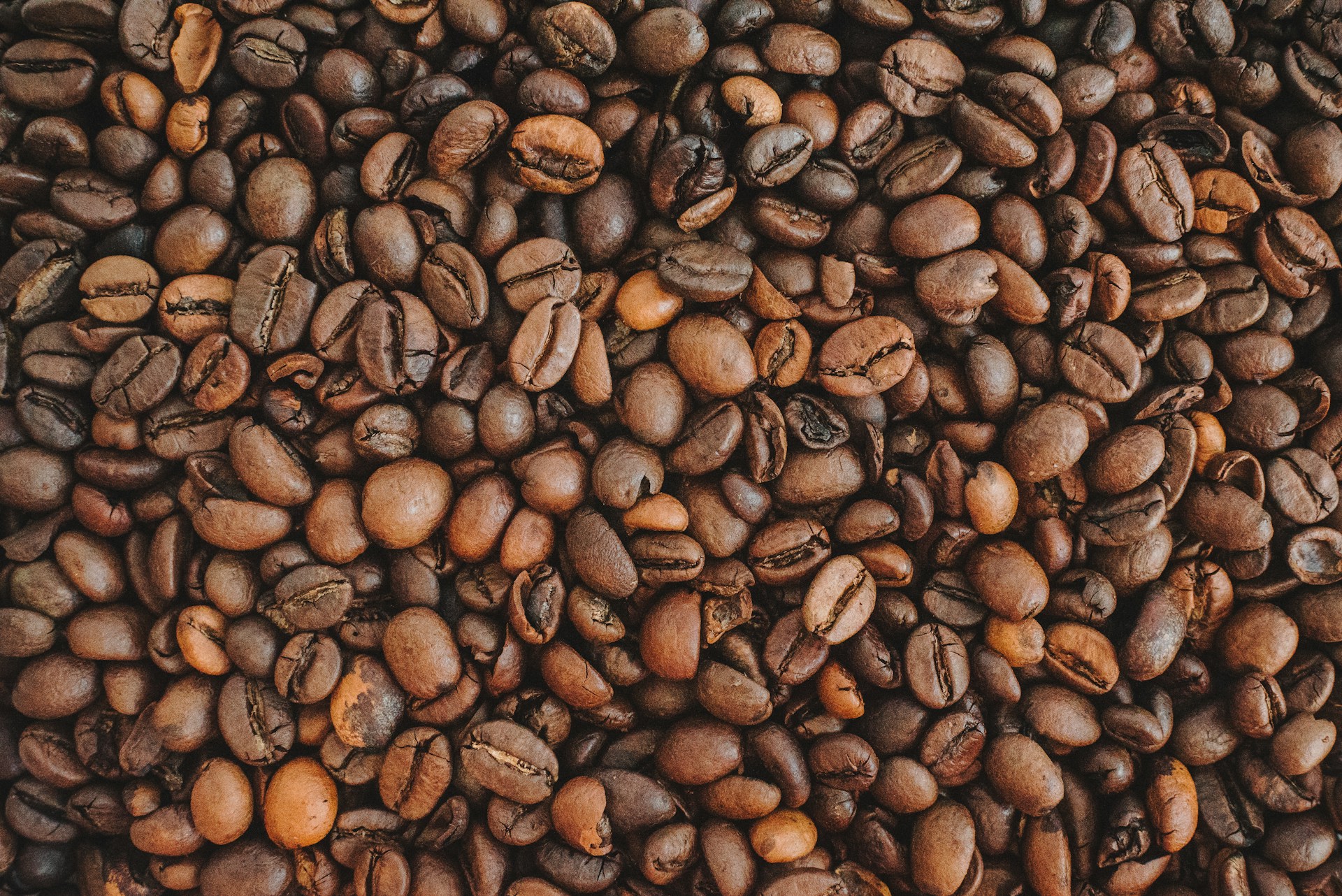Fresh roasted coffee beans have a look and aroma that make coffee lovers stop and smile. Whether you’re pulling espresso shots or brewing pour overs at home, those beans are the starting point of your daily ritual. But sometimes, you might open your bag and notice a few beans with small white spots. It’s unexpected and can make you wonder if something went wrong.
White spots on coffee beans can look strange, but they don’t always mean the beans are bad. There are a few common things that cause this type of discoloration. Learning what those are, and how they affect your beans, can help take the guesswork out of your next cup.
Understanding White Spots On Coffee Beans
When you spot white marks on coffee beans, it’s easy to think the beans are moldy or spoiled. But that’s not always the case. White spots can happen for a few reasons, and most of them are harmless. They may be more common than you think, especially if the beans have been sitting around for a bit or weren’t stored right.
Some of the most common causes of white spots include:
– Moisture exposure: When roasted coffee beans are exposed to air with high moisture, parts of the bean can dry in odd ways or form light patches on the surface. This usually happens if the bag is left open or stored in a humid place.
– Cooling process residue: During roasting, beans are often cooled down with air or water sprays. If water is used and the beans aren’t fully dried before storage, it may leave behind pale marks or mineral traces.
– Chipping or dents: Some beans might have surface chips from transportation, roasting, or handling. These tiny injuries can appear lighter in color.
– Roast variation: In mixed roasts, some beans roast faster than others. A dense bean could have a lighter patch on one side if it didn’t get as much heat exposure.
One example of this is if a bag of fresh beans was stored in a cabinet near a stove. The heat and humidity from cooking could change the environment just enough to create light spotting on the beans over time.
It’s worth noting that while the spots might change how the beans look, they usually won’t affect how your coffee tastes. Still, there are some things to keep in mind when it comes to the quality and your brewing experience, especially if those spots seem to show up more often in your bag.
Impact On Coffee Quality
White spots don’t always mean the beans are spoiled, but depending on what caused them, you might notice changes in taste or smell. Most slight discoloration won’t ruin your brew. Many experienced coffee drinkers won’t notice anything different unless they’re tasting very refined or delicate flavor notes.
That said, there are situations where white spotting can point to beans losing their quality. Here’s when it might affect your cup:
– The beans have been stored too long and picked up moisture or air. This can make the brew taste flat or stale.
– If white fuzz or soft clumping shows up along with spots, it could be mold. Those beans should be tossed right away.
– If the beans smell off, like mildew or something sour, it’s best not to use them.
For most casual drinkers, a small white patch won’t do much to flavor. But if you’re chasing a perfect pour, every detail matters. Lighter roast beans, especially those with more complex tasting notes, can be a bit more sensitive. In those cases, freshness is even more important.
When in doubt, smell the beans and check the roast date. Beans that were recently roasted and kept sealed will usually hold up well, even if a few look a little different. Knowing what to look for helps you avoid tossing out perfectly good beans or drinking a cup that falls short. Keeping them in the right environment is the next step to making sure they stay fresh and spot-free.
Preventing And Addressing White Spots
Good storage can help keep your fresh roasted coffee beans in top shape and stop white spots from forming. Since many of the causes we talked about come from moisture or air exposure, storing your coffee right can make a big difference. It keeps the beans fresh, tasting better, and looking the way they should.
Here’s how to store your coffee properly:
– Use an airtight container. This stops air and moisture from sneaking in and affecting the beans.
– Avoid clear containers that let in sunlight. Light can mess with the oils in the beans and affect their flavor.
– Store beans in a cool, dry space. A kitchen cabinet away from the stove or sink usually works well.
– Don’t refrigerate or freeze your beans, especially after the bag has been opened. The temperature changes can cause condensation, leading to white spots or staleness.
– Buy smaller amounts more often if you’re not using the beans quickly. This way, they don’t sit around for too long.
Also, resist the urge to keep opening the container just for a sniff. Every time it’s opened, you let in air that can affect the beans.
One good habit is labeling the roast date somewhere visible. That way you know how long you’ve had the beans and can keep track of their freshness. Lafayette can be humid in the fall, so sealing your beans between uses is extra important. Even a rolled-down bag might not protect them enough.
White spots don’t always mean there’s a problem, but they’re often a sign that your storage method could use an upgrade. Keeping your coffee in better condition means better flavor and less waste.
When To Replace Your Coffee Beans
Sometimes, even if you’ve done everything right, coffee beans can reach the end of their shelf life. Knowing when to toss them and start fresh can help you avoid a cup that leaves you disappointed.
Here are signs it might be time for new beans:
1. The beans smell dull or musty. Fresh roasted beans should have a rich aroma as soon as you open the bag.
2. Brewed coffee tastes flat, bitter, or off. If you’ve ruled out water quality and brewing method, the beans might be to blame.
3. The beans feel soft or powdery. They should have a firm, dry surface and a slight sheen from natural oils.
4. Visible mold or strong sour odor. This means the beans weren’t stored right and aren’t safe to use.
5. You can’t remember when you bought them. If the roast date’s long gone or unknown, it’s better to start fresh.
Even beans without visible signs can go stale. If your morning cup doesn’t have the flavor it used to, and you’ve ruled out grind settings or brew temp, the beans may just be past their prime.
If you live in a warm and humid place like Lafayette, your beans may fade faster than you expect. So having a setup that limits their exposure to air and moisture really does pay off.
Keep Your Beans Spot-Free and Fresh
White spots on coffee beans may catch you off guard, but now you know what they mean and how to deal with them. Most of the time, they’re easy to manage or avoid completely with better storage habits. Moisture, air, and temperature play big roles in how well your beans hold up, especially once the bag is open.
Paying attention to where and how you store your coffee can go a long way. A few small changes like switching to an airtight container or buying smaller amounts more often can help you get the most out of your fresh roasted coffee beans. Taking care of your beans from bag to brew sets you up for a fresher, better tasting cup every time.
Keeping your coffee beans fresh and spot-free is a simple way to enjoy a better-tasting brew every morning. For anyone who appreciates the deep flavor and aroma of fresh roasted coffee beans, choosing the right storage and buying in smaller batches can keep things tasting their best. Jet Coffee is here to help you make every cup feel like a treat.



